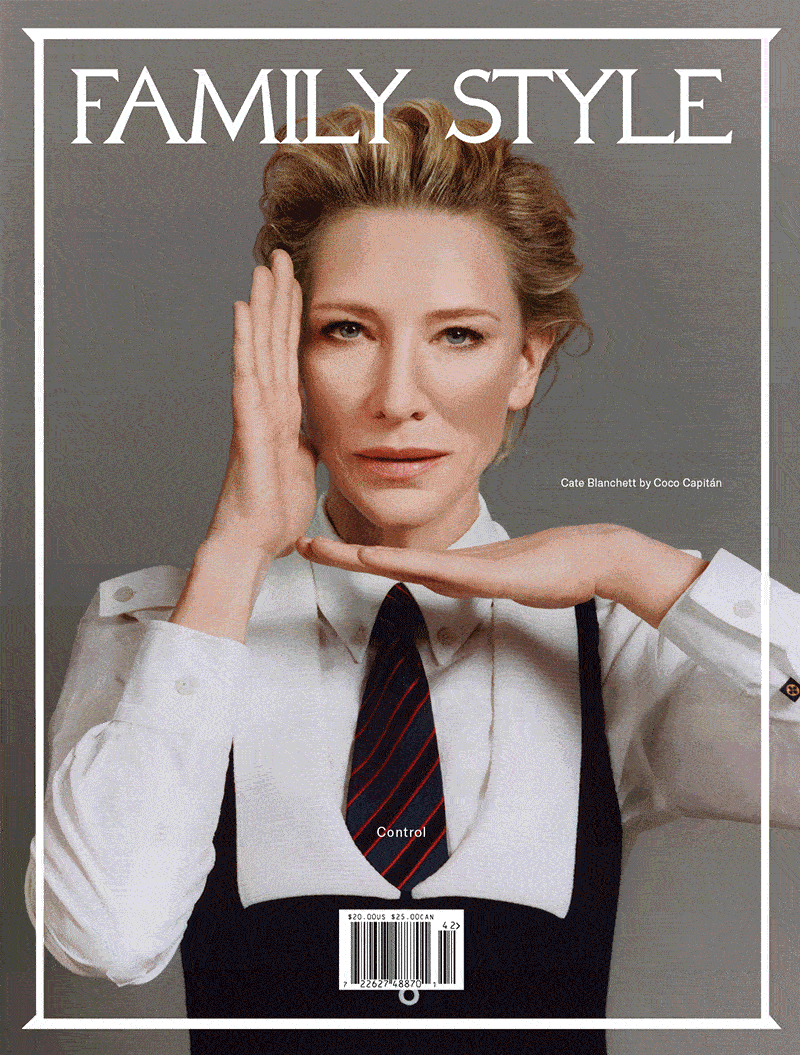_result_result.avif)
Image courtesy of Herman Miller Archives.
There’s a stereotype that Midcentury-Modernism is stiff, cold, uninviting. Elegant only as it is stark. But the designs brought into being by consummate furniture designer Gilbert Rohde for Herman Miller in the interwar period prove anything but.
Two pieces he’d created for the iconic furniture brand in the 1940s exemplify his gentler take on the modern aesthetic without sacrificing the movement’s avant-garde spirit—and they’re being released once again for the first time in over 80 years. The Rohde Easy Chair takes on vaguely the same shape as a cupped human hand, all the more welcoming with sumptuous cushioning featuring diamond-patterned tufts across the seat. It’s now being offered in a range of materials including plush and leather. Then there’s the walnut and oak Rohde Paldao Table—with versions in coffee-table and side-table formats—taking shape with wavy-edged tops on sturdy, conical legs.
_result.avif)
Image courtesy of Herman Miller.
_result_result.avif)
Image courtesy of Herman Miller.
Bronx, New York-born Rohde found great inspiration in a formative trip to Europe in 1927, where the designer observed the burgeoning Modernist aesthetic sweeping the continent. There, new ideas were pouring out of the urban intelligentsia and especially the German-based Bauhaus school, founded in 1919. Rohde was ultimately hired by Herman Miller in 1932 as the company’s first design director. At the end of the Great Depression, Herman Miller, which had initially made its name for high-quality reproductions of Colonial-era furniture, was reportedly facing bankruptcy. Then-President Dirk De Pree took a chance on the industrial-designer, whose approach took up a sort of humanized utilitarianism.
_result.avif)
Image courtesy of Herman Miller Archives.
Prior to the ascendance of modern design in the United States, the dominant visual trend across the country was a combination Art Deco with echoes of gilded-age luxury. Still, the ascendance of Frank Lloyd Wright—who was behind nearly 1,200 works of architecture, most across in the midwest—created a uniquely American architecture that arguably paved the way for a uniquely American modernism. Clearly, Rohde was up to the challenge of working out the specifics of what this would look like. And with Herman Miller remaining one of the nation’s few perennially lauded furniture manufacturers to this day, the success of his efforts for the brand speak for themselves.
_result_result.avif)
Image courtesy of Herman Miller Archives.
Rohde passed away at the young age of 50 in 1944, making the Easy Chair and Paldao Table among his final designs. Yet their inviting appearance, a combination of the old world and new, connecting the sumptuousness of a disappearing age of conspicuous opulence with the sleekness of a rising contemporary era, both a case study in business success and enduring appeal.
Herman Miller's Rohde Easy Chair and Rohde Paldao Table are now available online.





_result_result.avif)
_result.avif)
_result_result.avif)
_result.avif)
_result_result.avif)



.avif)

